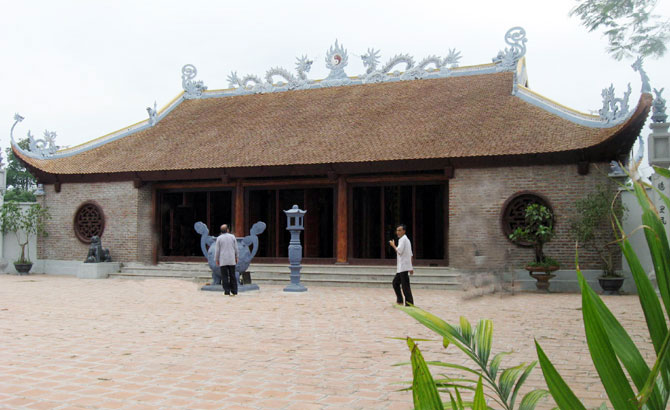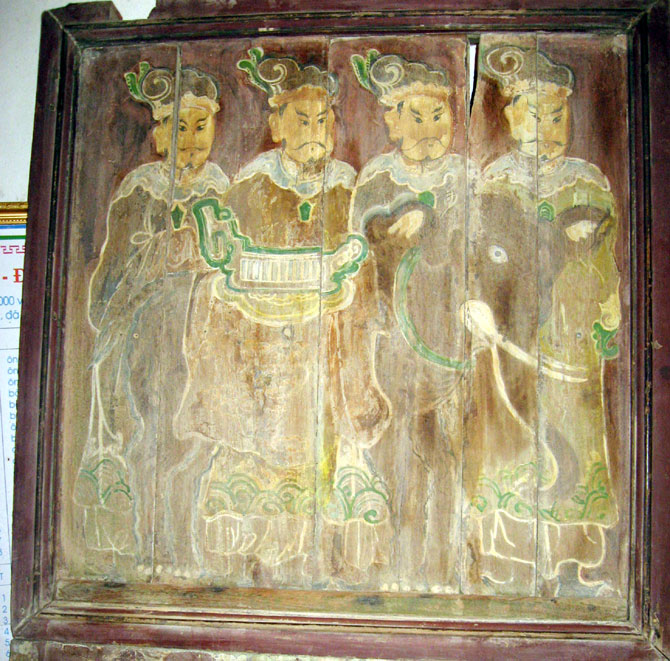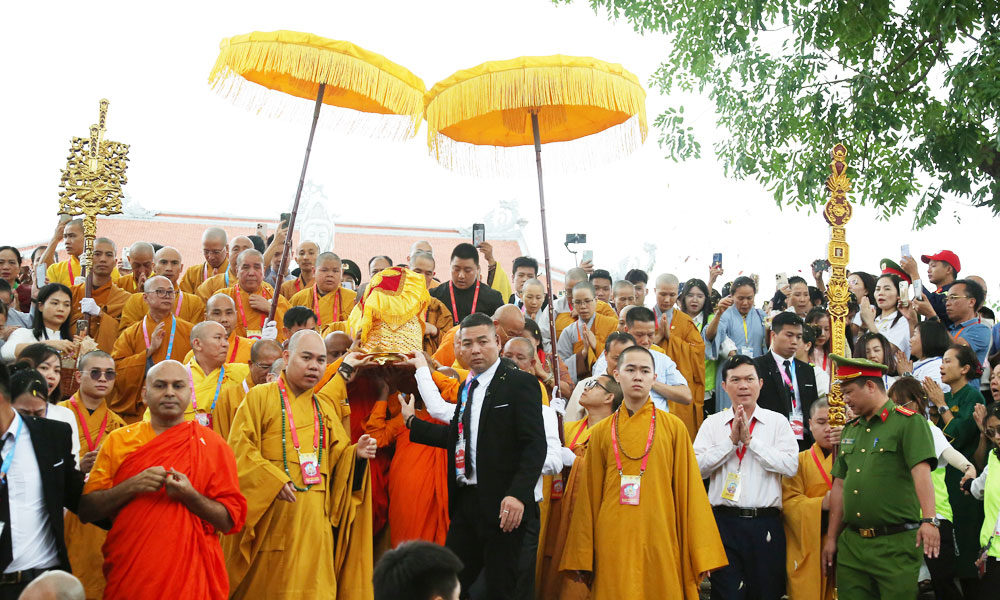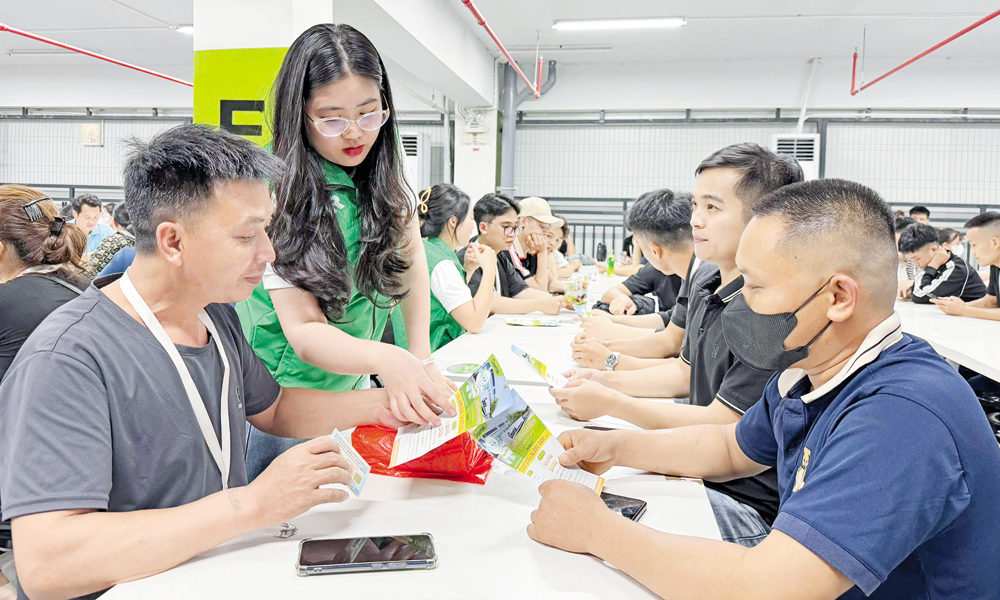(BGO) – Lac Yen communal house in Hoang Van commune, which is located in the ATK II (Safe Zone II) relic complex in Hiep Hoa district, Bac Giang province, is the place that witnessed a lot of historical events of the nation in the period before the success of the national liberation revolution.

|
|
Lac Yen communal house
|
The communal house was built in the Later Le dynasty (17th century) and underwent major repairs in the Nguyen dynasty (19th century) and afterwards. The relic site covers an area of over 1,000 sq.m, with a century-old tree beside a well. The communal house experienced great restoration in 2009, but traditional cultural features were preserved. The communal house has the shape of a T, with a main building of three compartments and two lean-tos linking with a two-compartment seraglio.
There is no carving on the building’s wood components. In the seraglio was the altar for the worshipping of Gods Cao Son and Quy Minh who expelled foreign invaders to save the country during the Hung Kings era. The communal house still keeps many valuable documents and objects, including ancient altars, incense tables, lacquer paintings featuring horse and elephant keepers, and terracotta incense burners.
Notably, the provincial-level historical relic site marked historical events, which associated with the careers and activities of veteran revolutionaries, who Lac Yen villagers supported and protected. The place also witnessed the warm sentiments and faithful belief of locals in the revolution.
Lac Yen village, the centre of the ATKII of the Party Central Committee and the Party Committee of the northern region, is adjacent to Hanoi and the Viet Bac revolutionary base. The village had a firm wide-spread revolutionary base, and the locals were awakened to the revolution from an early time. A lot of military training courses, meetings, canvasses and activities of the Party were held there and gained success. Despite their difficult and insufficient life, locals enthusiastically protected the Party and revolutionaries. Almost all families in Dong Hang hamlet (Lac Yen) and Da hamlet (Van Xuyen) sheltered working offices and cadres of the Party. In late 1941, many national salvation organisation of the Viet Minh front were established in Dong Ang, Van Xuyen, Lac Yen and Thanh Van, and local residents always protected the safety of Party cadres, upholding the revolutionary and patriotic spirit.

|
|
“Elephant keeper” wooden picture kept at the communal house
|
Mr Ngo Van Cam, a veteran revolutionary in Lac Yen village, wrote: “Around June 1941, Mr Luc (Hai Luc) from the Northern Region Party Committee held conferences for the study of the 8th Party Central Committee resolution (which is on the transition of the anti-imperialist front into the Viet Minh front) at Lac Yen communal house and Mr Trau’s house in Dong Hang hamlet; a meeting was later held at the communal house, which drew the participation of almost all villagers and people in the ATKII region. Lac Yen communal house was also one of the venues for meetings of revolutionary organisations held by revolutionary cadres.”
In 1941-1942, the Political-Military School of the Party Central Committee held military trainings in Dong Hang, Lac Yen, under the charge of comrade Luong Van Chi (teacher Quan). At that time, the local militia unit often used Lac Yen communal house and several places as liaison sites when safeguarding cadres during their missions. After 1942, the enemy conducted crackdowns on the revolutionary movement in the region, several revolutionary cadres were detained and imprisoned. Lac Yen communal house remained one of the places for liaison of Party members operating underground.
Lac Yen communal house used to be a venue for revolutionary cadres to meet and gather information. All developments of the anti-France resistance movement were disseminated to the people there. In the period before the success of the liberation revolution, the communal house was the place where local residents and militia eagerly participated in military training in preparation for the general uprising to seize power.
Dong Ngoc Duong


 Bắc Ninh
Bắc Ninh








Reader's comments (0)